Leopard and Wild Dog – Two Iconic Predators in the BBC series ‘The Hunt’
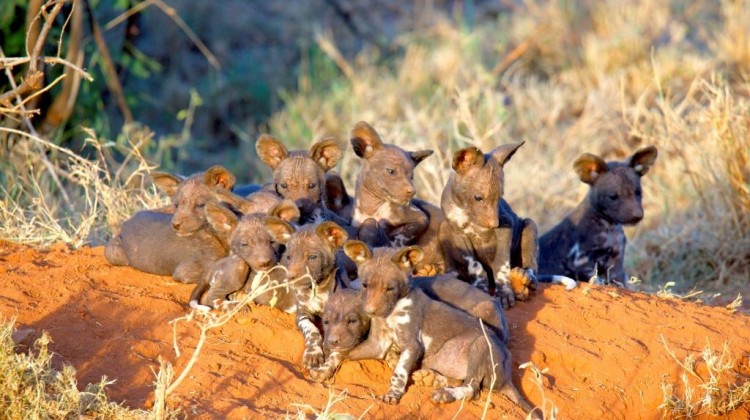
Update: 2nd November: BBC’s ‘The Hunt’ documentary featured leopard and wild dog in the programme last night, so I’ve updated the blog to incorporate some more information.
I’ve been travelling to Africa for the past 23 years and have always been fascinated by two particularly elusive predators; leopard and the African wild dog. They’re notoriously hard to spot and give you a real sense of achievement when you do come across them. I’ve put together some of my own thoughts below, together with those from some experts in the field, and even an aerial video of a wild dog hunt from an older BBC documentary right at the end of the article.
Leopard
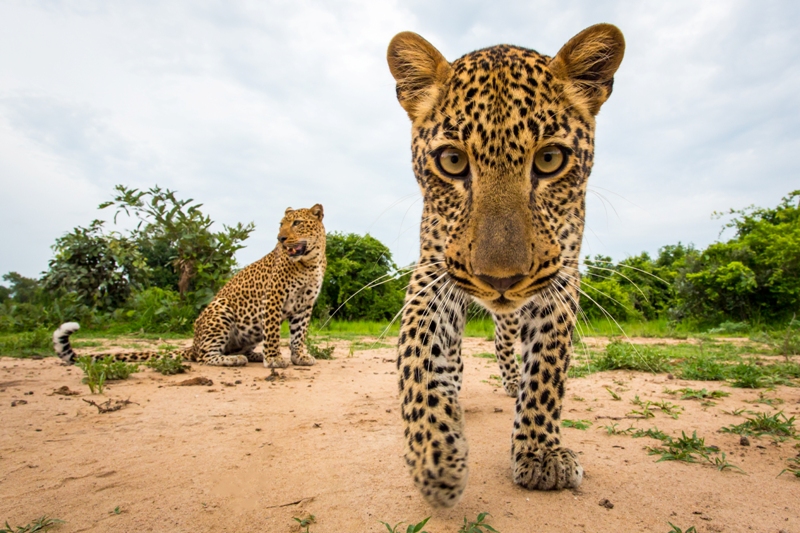
Leopards looking right down the lens, Norman Carr Safaris
These are the most populous of Africa’s big cats and it’s estimated that there are between 50,000 and 70,000 alive today. They are very adaptable and are found in a wide range of environments throughout Africa, but despite this, and the numbers, they’re surprisingly difficult to see as they are solitary animals and very elusive. Whether or not you see leopard is likely to depend on the number of other predators in the area – a strong lion and hyena presence often means few leopards as they find it difficult to compete with these aggressive, powerful animals.
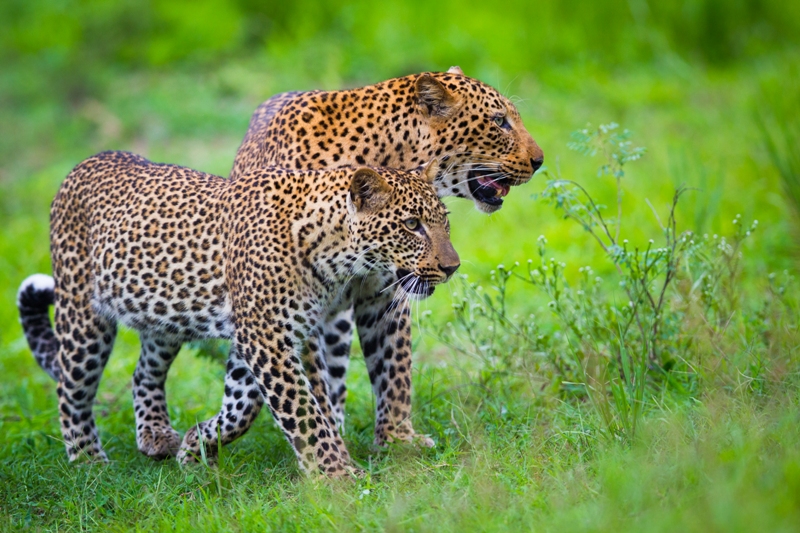
Two leopards, green season, image credit Norman Carr Safaris
5 Quick leopard facts:
- Leopards are both nocturnal and diurnal hunters, surprising their prey – most commonly antelope and small to medium sized mammals – by hiding and creeping up on them.
- They don’t roar like lions, but instead have a unique call that sounds a bit like someone sawing wood.
- A leopard’s coat is made up of black rosettes rather than the spots found on cheetah. This provides a miraculous camouflage in thick bush and grass meaning it’s often impossible to spot a leopard even though you might be just metres away. As David Attenborough explained during the first programme in the BBC series ‘The Hunt’, disappearing into the background is their strategy for a stealth hunt to get within 4 metres of an impala.
- Their very long tails provide balance whilst walking and running through the trees.
- Leopards are strongly territorial with the males patrolling larger areas than the females.
Best places to see leopards
Londolozi, Kruger National Park, South Africa
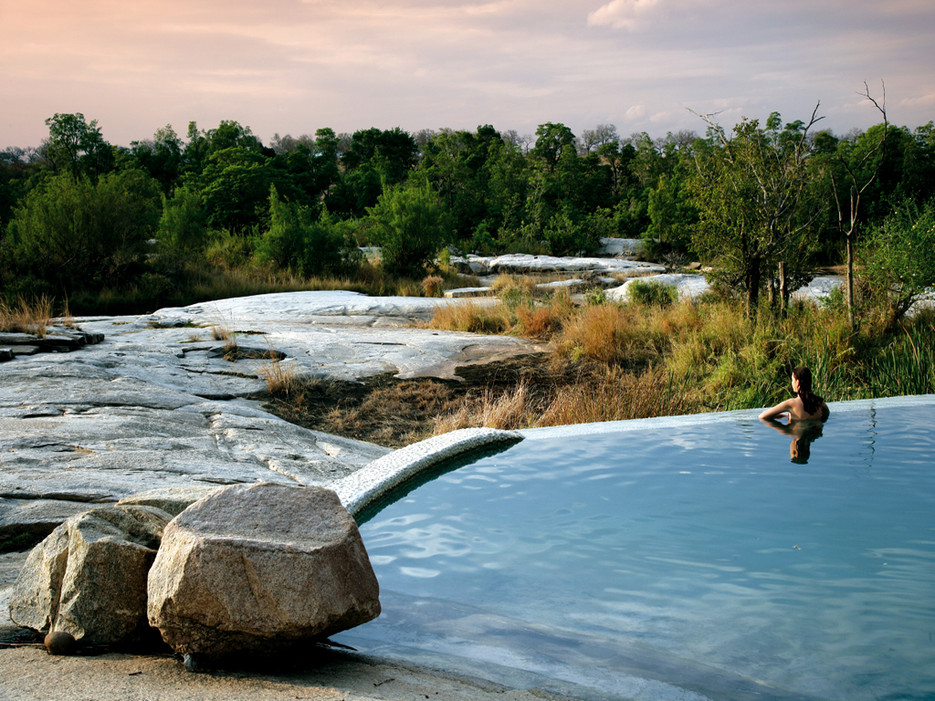
Infinity pool, Pioneer Camp Londolozi, Sabi Sand, South Africa, image credit Condé Nast Traveler
Time + Tide Chinzombo, South Luangwa National Park, Zambia
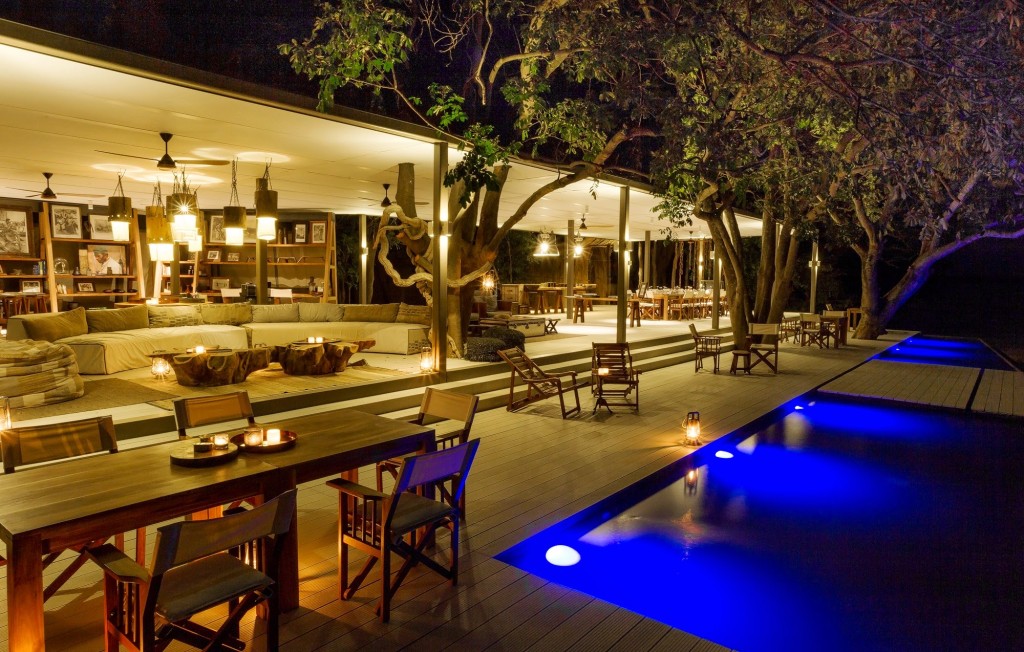
Zambian super lodge, Time + Tide Chinzombo, South Luangwa, Zambia
Savanna Lodge, Kruger National Park, South Africa
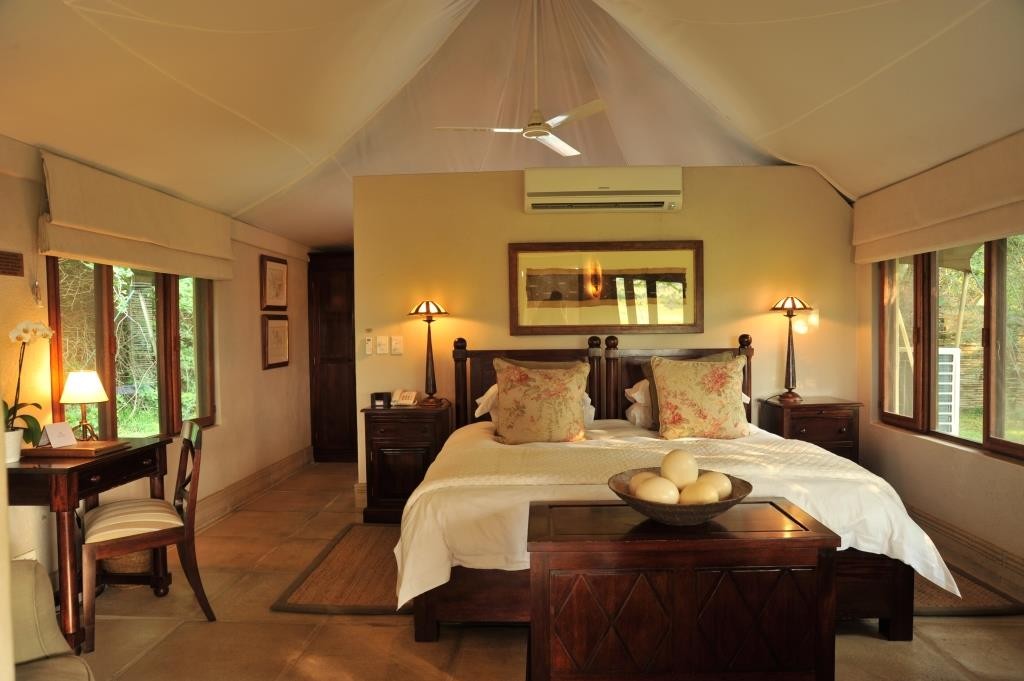
Tented luxury suite at Savanna Lodge Sabi Sand Kruger South Africa
Tena Tena, South Luangwa National Park, Zambia
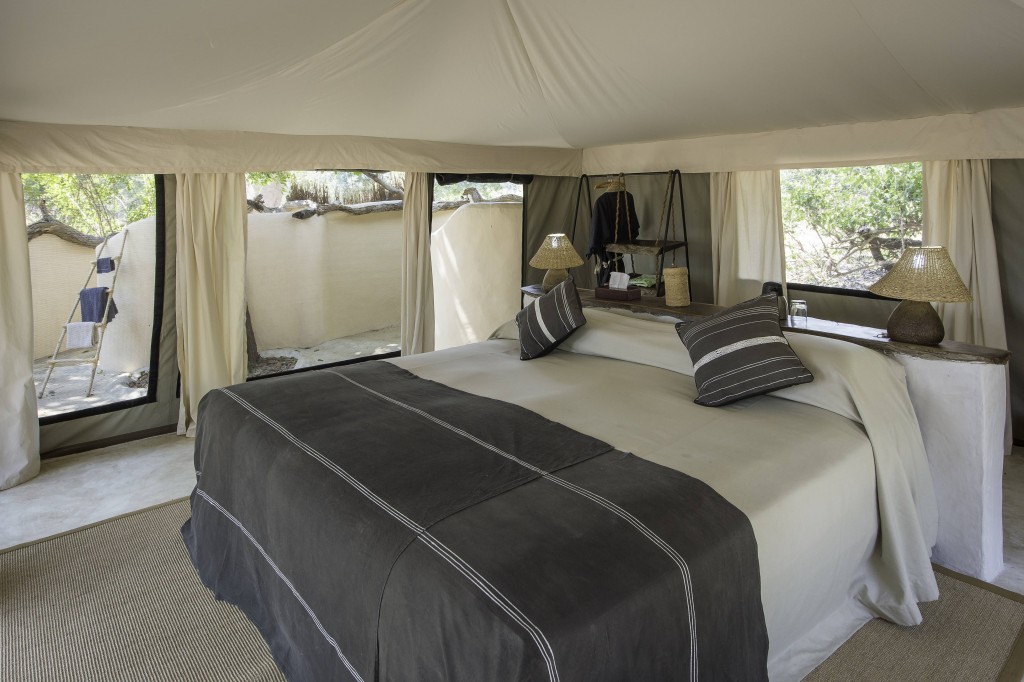
Eco chic luxury tented bedroom, Tena Tena, South Luangwa, Zambia
Tanda Tula, Timbavati, Kruger National Park, South Africa
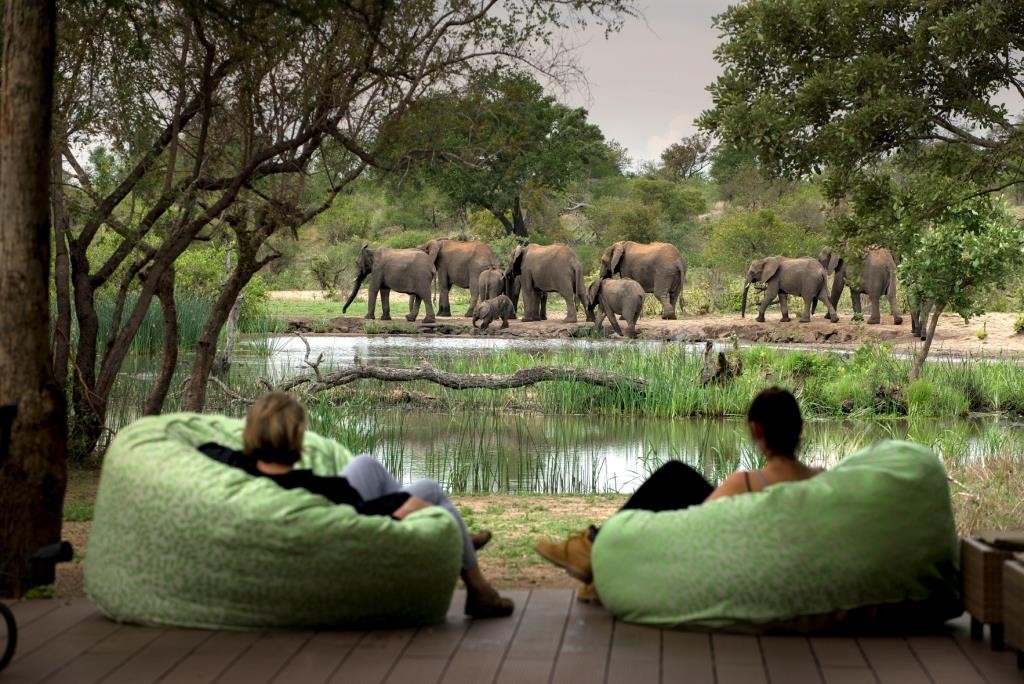
Game viewing from Tanda Tula deck
Top tips for viewing leopards from the experts
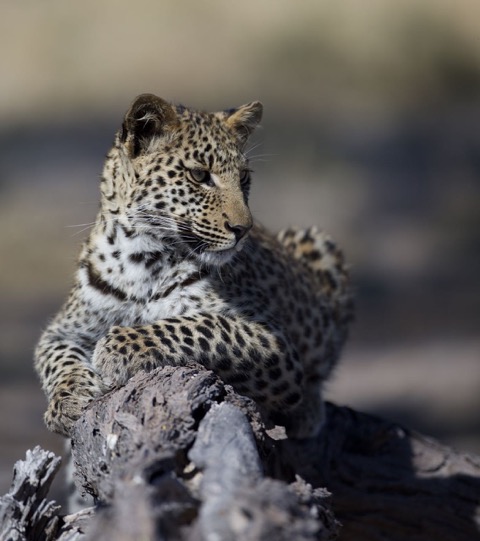
Leopard poised in action image credit David Murray
“The best way to spot leopard is not to expect to see them! This week alone they have wandered past guests having breakfast at Time + Tide Mchenja, while other guests at Time + Tide Chinzombo were sitting watching some vultures on a dead hippo and a leopard just walked over to them,” Norman Carr Safaris, South Luangwa Valley, Zambia “The best time to see leopard has to be at the tail end of the season. The cats become habituated to the vehicles and the scent of humans, and become comfortable with this. The visibility is at its best and the wildlife congregate along the river line which is where the leopard come to eat,” Rob Clifford, Robin Pope Safaris, South Luangwa Valley, Zambia “Have a great tracker and guide who understands leopard behaviour and habits. They will be able to follow up in terrain that suit leopard and hopefully, with a bit of luck, find this gorgeous cat.” Dale Jackson, Tanda Tula Safari Camp, Timbatavi, South Africa
Wild Dog
Wild dog opened the first programme on the BBC’s The Hunt.
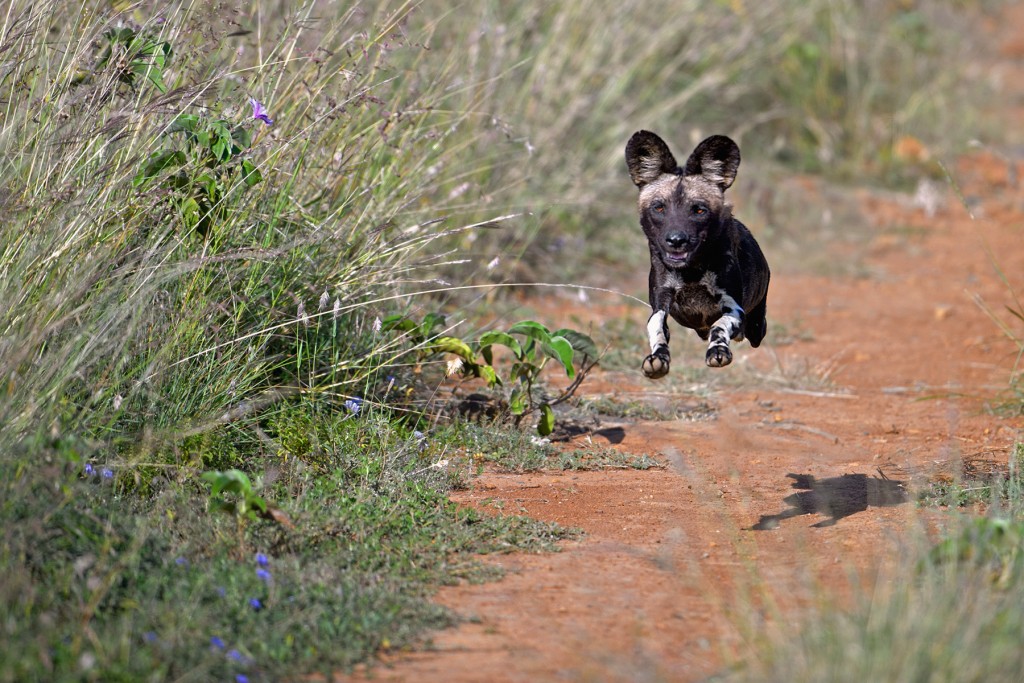
Wild dog hunting mid air jump
Unlike leopard, wild dog are endangered with current numbers estimated to be in the region of between 3,000 and 5,500. They are found in the forests, grasslands and deserts of Southern and East Africa; currently the largest populations are in Botswana and parts Kenya and Tanzania. Wild dog are the most efficient hunters of any mammal predator, with a hunt to kill rate of around 80-90. They generally hunt around dawn and dusk and kill by disembowelling their prey which, although rather gruesome, is incredibly efficient and quick.
7 Quick wild dog facts:
- Their brown white and black coats are individually patterned and provide excellent camouflage for day-time snoozing under branches and bushes.
- They are very social pack animals, led by an alpha male and alpha female, with families ranging from three to 20 or more.
- The alpha female can produce up to 10 puppies in a litter and will sometimes adopt the young of subordinate females too.
- When the pack is out hunting a number of dogs will stay behind to guard the puppies.
- The dogs rarely bark but they do have a whooping call they use to communicate during the hunt and afterwards.
- They have a short lifespan of around nine years because they are quite fragile animals and susceptible to being killed by hyena, lion and leopard. Their very large home ranges also means they often come into contact with villages and diseased domestic dogs from which they are susceptible to catching canine distemper. Farmers protecting livestock can also prove hazardous.
- There are no recently recorded incidents of wild dog attacking people, in fact they’ll happily run past people on safari as they are so focused on chasing their prey.
Top tips for viewing wild dogs by the experts
“Wild dogs are diurnal hunters so will be on the move early morning and the evening. They will often have a number of favoured areas to hunt moving onto a new area every two or three days, so knowing where the areas are will help. They hunt in a very random and spread out way though so it is important to be ready to drive some distances during a hunt.” – David Murray, Murray Allgood photography A whole lot of luck! Unfortunately they are highly endangered and travel huge distances across their territories making them difficult to track day to day. But when you do find them they are something to behold in full flight. They are Africa most successful hunter and are incredibly efficient! Dale Jackson, Tanda Tula Safari Camp, Sabi Sands, Kruger National Park, South Africa “Look for scattered and very flighty impala and this is a sure sign that the wild dogs are close. Birds of prey, tawny eagles, usually can be seen following the pack in search of a scrap of meat.” – Simon Kenyon, Sosian Ranch, Laikipia, Kenya
Best places to view wild dogs
Laikipia Wilderness Camp, Laikipia, Kenya
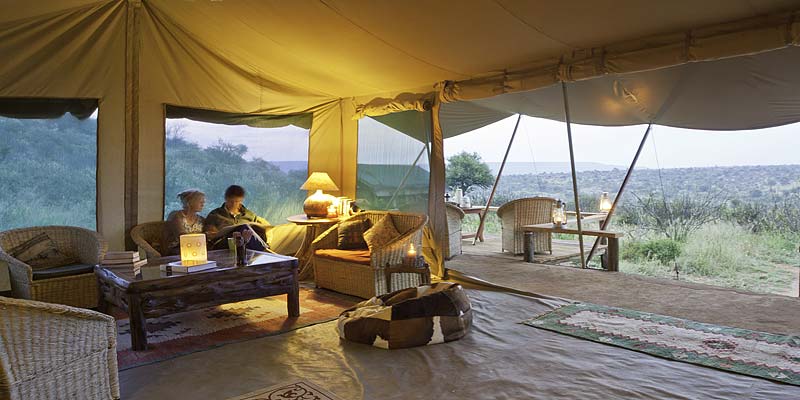
Beautiful views from the lounge at Laikipia Wilderness, Laikipia, Kenya
Sosian Ranch, Laikipia, Kenya
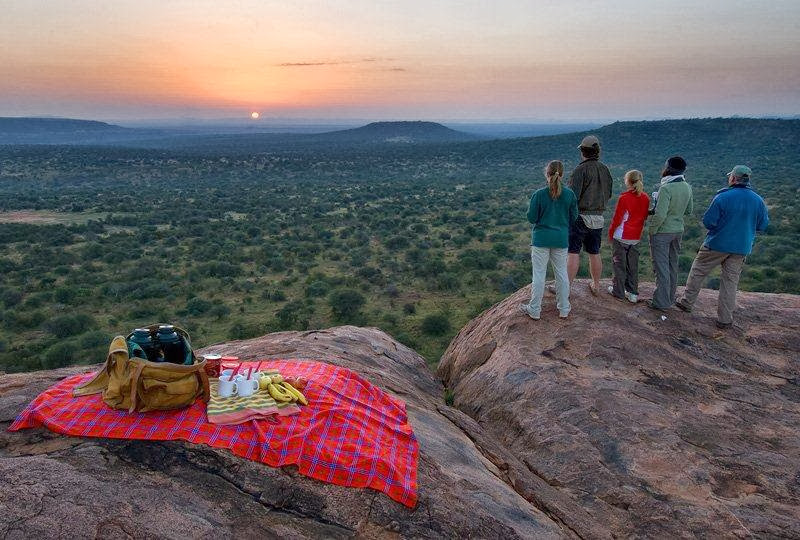
Sunrise breakfast view with a family, Sosian Ranch, Laikipia, Kenya
Beho Beho, Nyerere National Park (formerly Selous Game Reserve), Tanzania
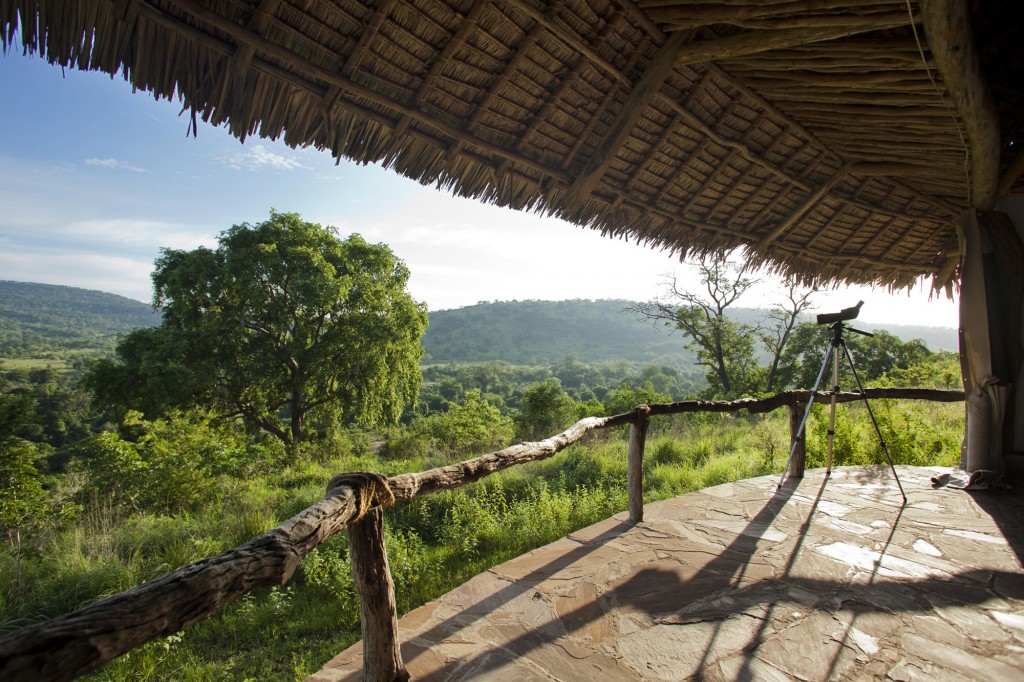
A room with a view, Beho Beho, Nyerere National Park (formerly Selous Game Reserve), Tanzania
Selinda Explorers Camp, Linyanti, Botswana

Sundowners at Selinda Explorers Camp, Linyanti, Botswana image credit Great Plains Conservation
Kings Pool, Linyanti, Botswana
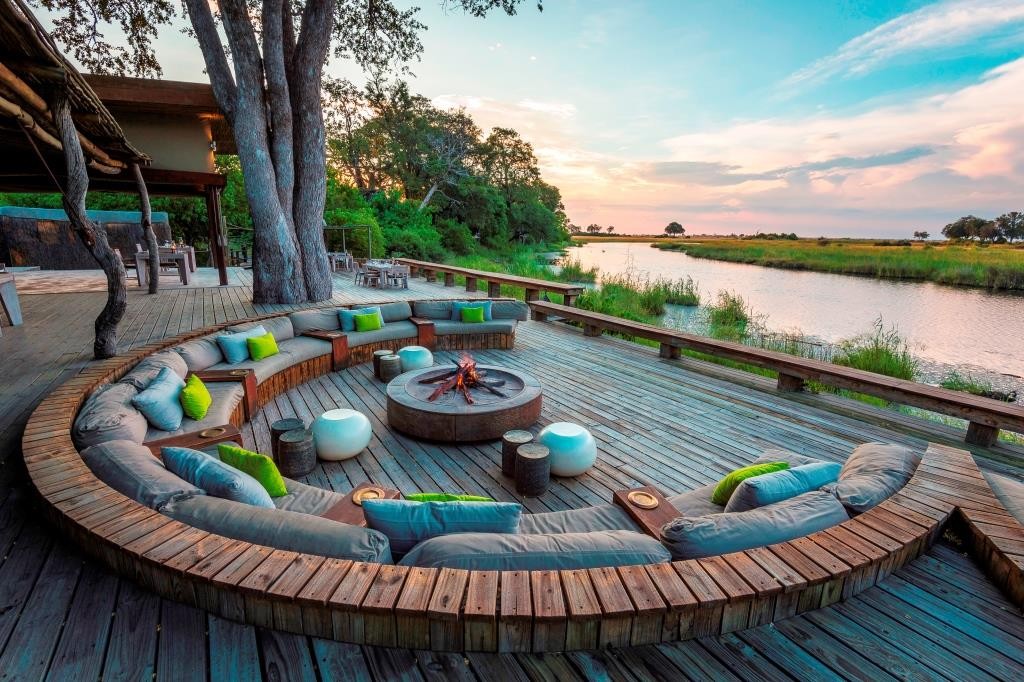
Terrace lounge for sundowners, Kings Pool, Chobe and Linyanti Zambia, image credit Wilderness Safaris
BBC’s Life Story clip of wild dogs in action on a hunt
BBC’s Life Story clip of wild dogs in action working together to complete a hunt successfully. Helicopter filming reveals the action from a wild dog hunt from start to finish for the first time. The Aardvark Safaris team has lived and worked in Africa, and can help get you in the right place at the right time to maximise your chance of seeing leopard or wild dogs, sometimes in the locations used by the BBC series ‘The Hunt’. All you need to do is email us or call us and tell us what you’d like to see and we’ll do the rest, giving tips and advice, and then putting together a full detailed itinerary.
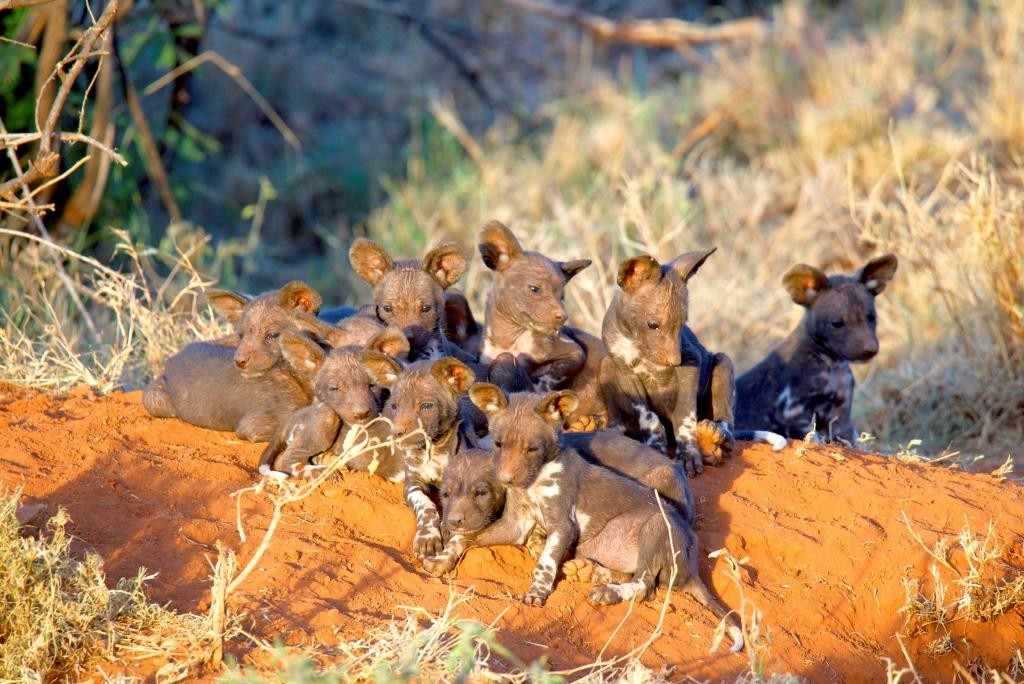

Leave a Reply